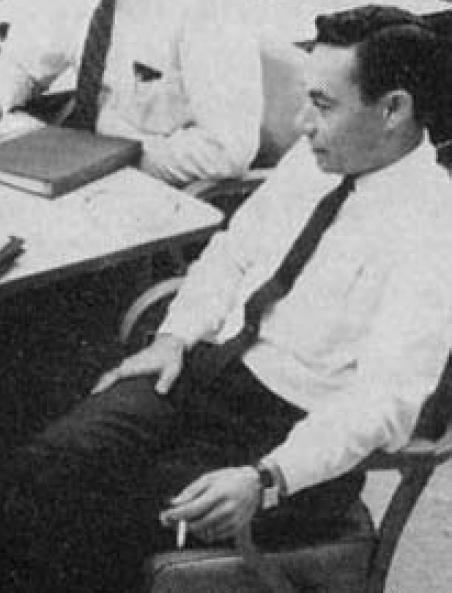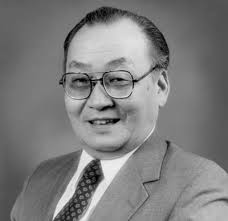A Brief History of Computers and the Internet
The history of both computers and the internet are vast topics. Here I hope to touch on some of the significant and interesting people and technological breakthroughs that brought us to where we are today.
The prevalence of PCs and use of the internet has seen an explosive growth in the last 30 years. We'll talk about the internet more specifically on another day, and throughout the rest of the semester to give context to other lessons where relevant.
How does a modern computer work?
Hardware Components
- CPU
- RAM
- Storage
- Graphics
- Interface chips (bluetooth and wifi antennas, usb, ethernet)
- Motherboard connects all the components, allowing them to talk directly to one another and work together
Software Stack
- Hardware
- Firmware, Kernel
- Operating System
- Application
How did we arrive where we are today?
...with computers in our pockets, on our wrists, in our cars and refrigerators and lightbulbs...
It started with a type of math
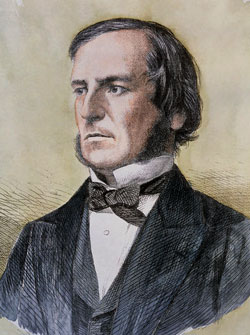
| Decimal | Binary |
|---|---|
| 0 | 0000 |
| 1 | 0001 |
| 2 | 0010 |
| 3 | 0011 |
| 4 | 0100 |
| 5 | 0101 |
| 6 | 0110 |
| 7 | 0111 |
| 8 | 1000 |
| 9 | 1001 |
| 10 | 1010 |
| 32 | 0010 0000 |
| 255 | 1111 1111 |
| 256 | 0001 0000 0000 |
Then a concept of mechanical problem solving machines
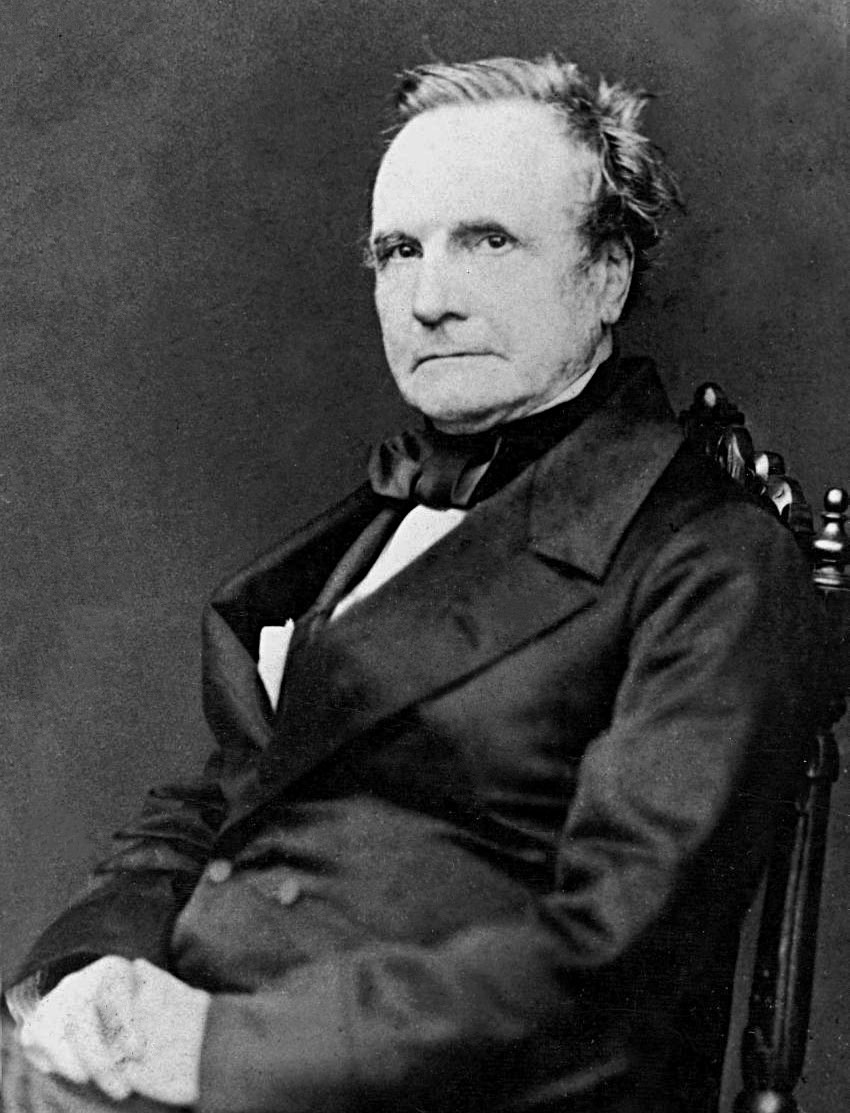
The Difference Engine
| x | 1 | 2 | 3 | 4 | 5 | 6 | 7 | 8 | 9 | 10 | 11 | 12 |
| 1 | 1 | 2 | 3 | 4 | 5 | 6 | 7 | 8 | 9 | 10 | 11 | 12 |
| 2 | 2 | 4 | 6 | 8 | 10 | 12 | 14 | 16 | 18 | 20 | 22 | 24 |
| 3 | 3 | 6 | 9 | 12 | 15 | 18 | 21 | 24 | 27 | 30 | 33 | 36 |
| 4 | 4 | 8 | 12 | 16 | 20 | 24 | 28 | 32 | 36 | 40 | 44 | 48 |
| 5 | 5 | 10 | 15 | 20 | 25 | 30 | 35 | 40 | 45 | 50 | 55 | 60 |
| 6 | 6 | 12 | 18 | 24 | 30 | 36 | 42 | 48 | 54 | 60 | 66 | 72 |
| 7 | 7 | 14 | 21 | 28 | 35 | 42 | 49 | 56 | 63 | 70 | 77 | 84 |
| 8 | 8 | 16 | 24 | 32 | 40 | 48 | 56 | 64 | 72 | 80 | 88 | 96 |
| 9 | 9 | 18 | 27 | 36 | 45 | 54 | 63 | 72 | 81 | 90 | 99 | 108 |
| 10 | 10 | 20 | 30 | 40 | 50 | 60 | 70 | 80 | 90 | 100 | 110 | 120 |
| 11 | 11 | 22 | 33 | 44 | 55 | 66 | 77 | 88 | 99 | 110 | 121 | 132 |
| 12 | 12 | 24 | 36 | 48 | 60 | 72 | 84 | 96 | 108 | 120 | 132 | 144 |
Then programmable problem solving machines
The Analytical Engine


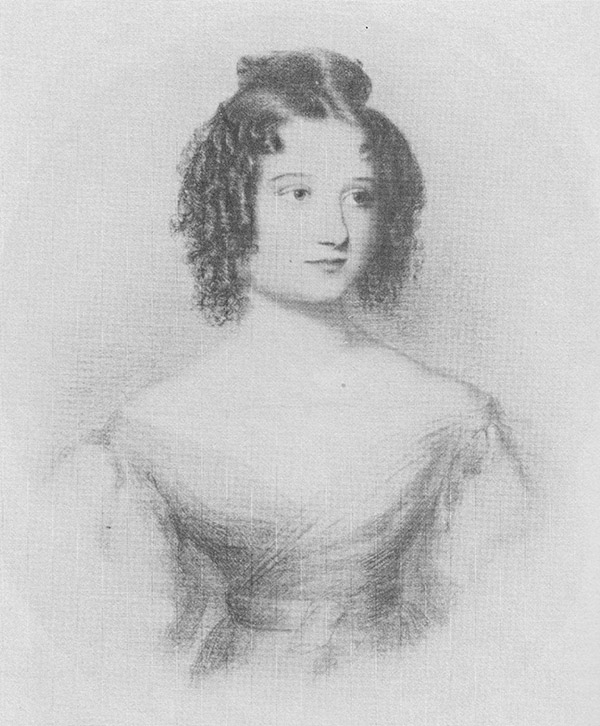
Then electromagnetic computers (faster, not smaller)
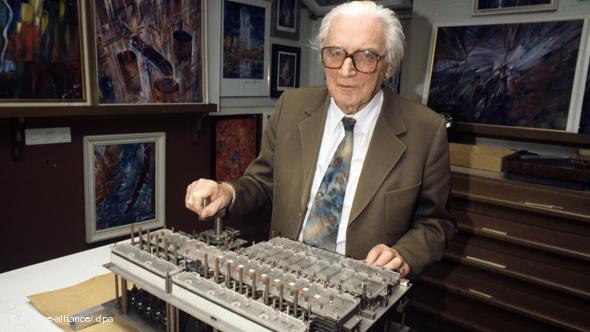
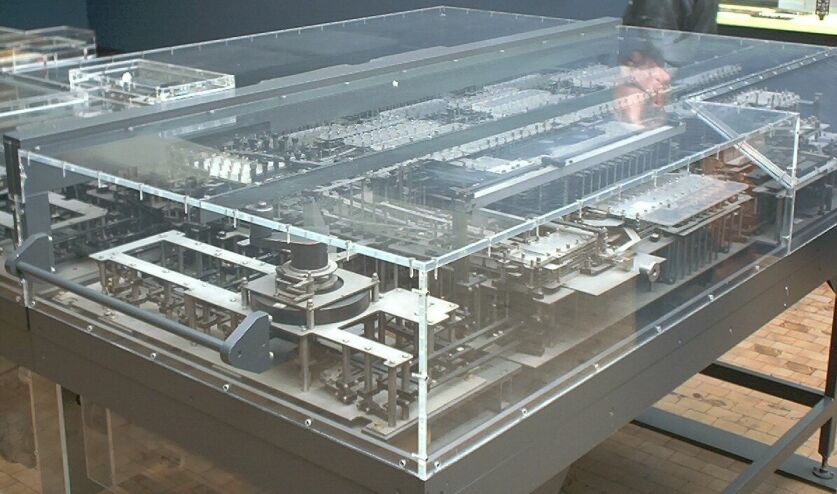
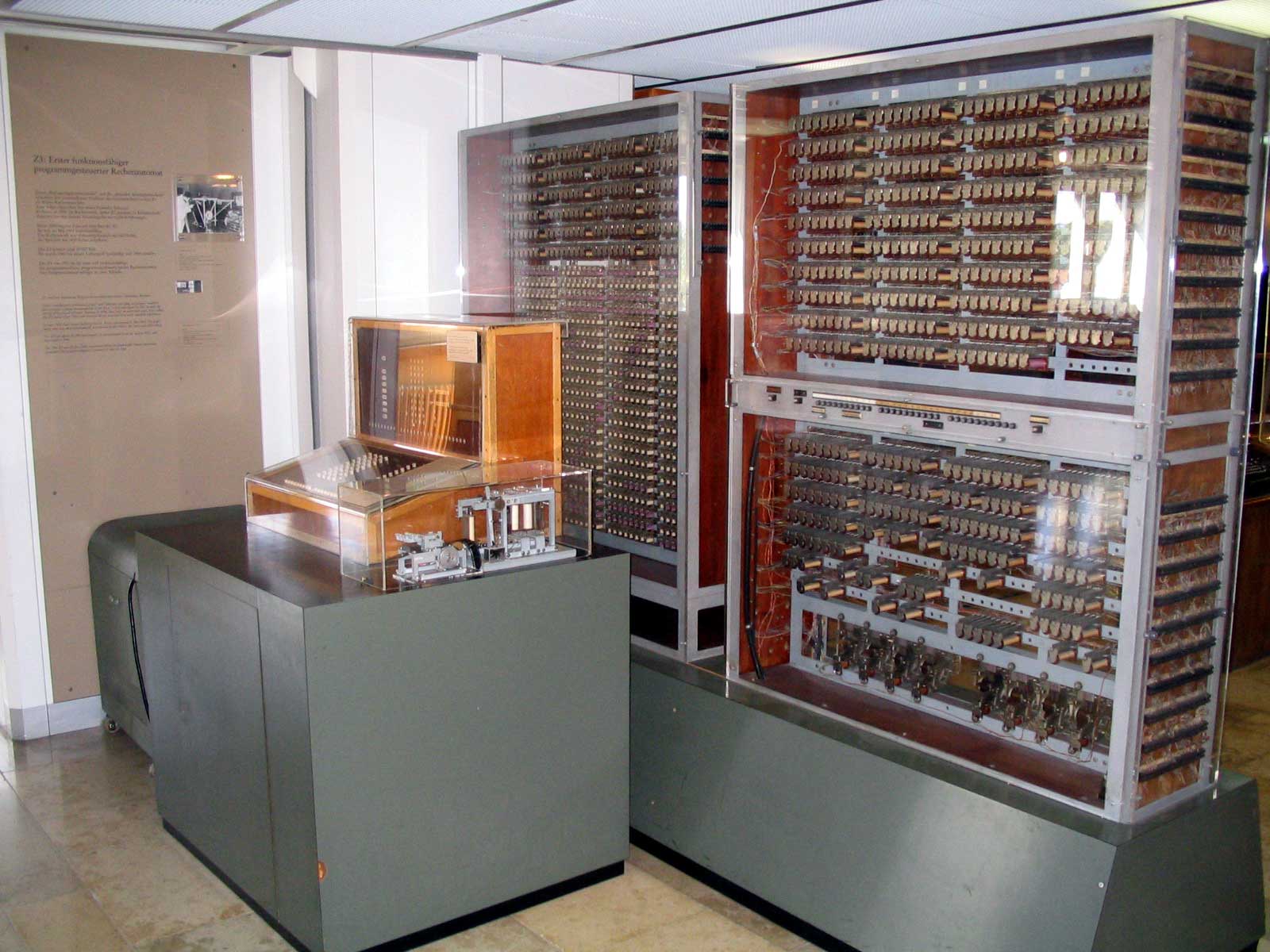
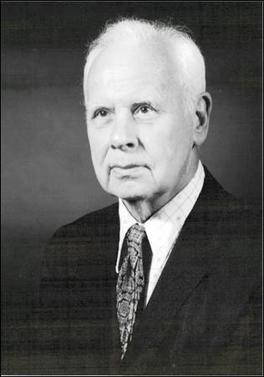
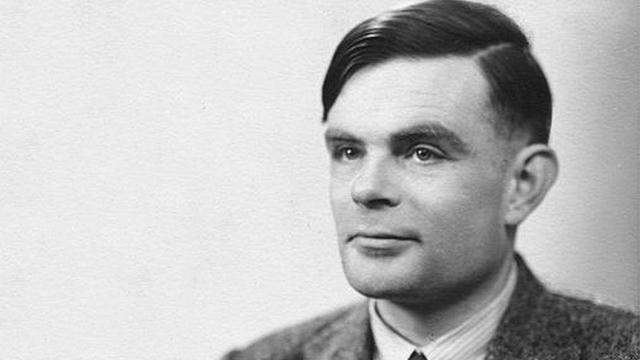

Then, some advancements in programming
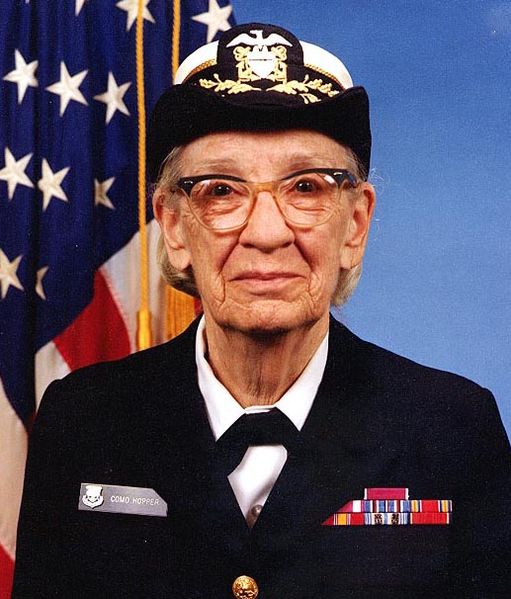



Then they got smaller (a lot smaller)

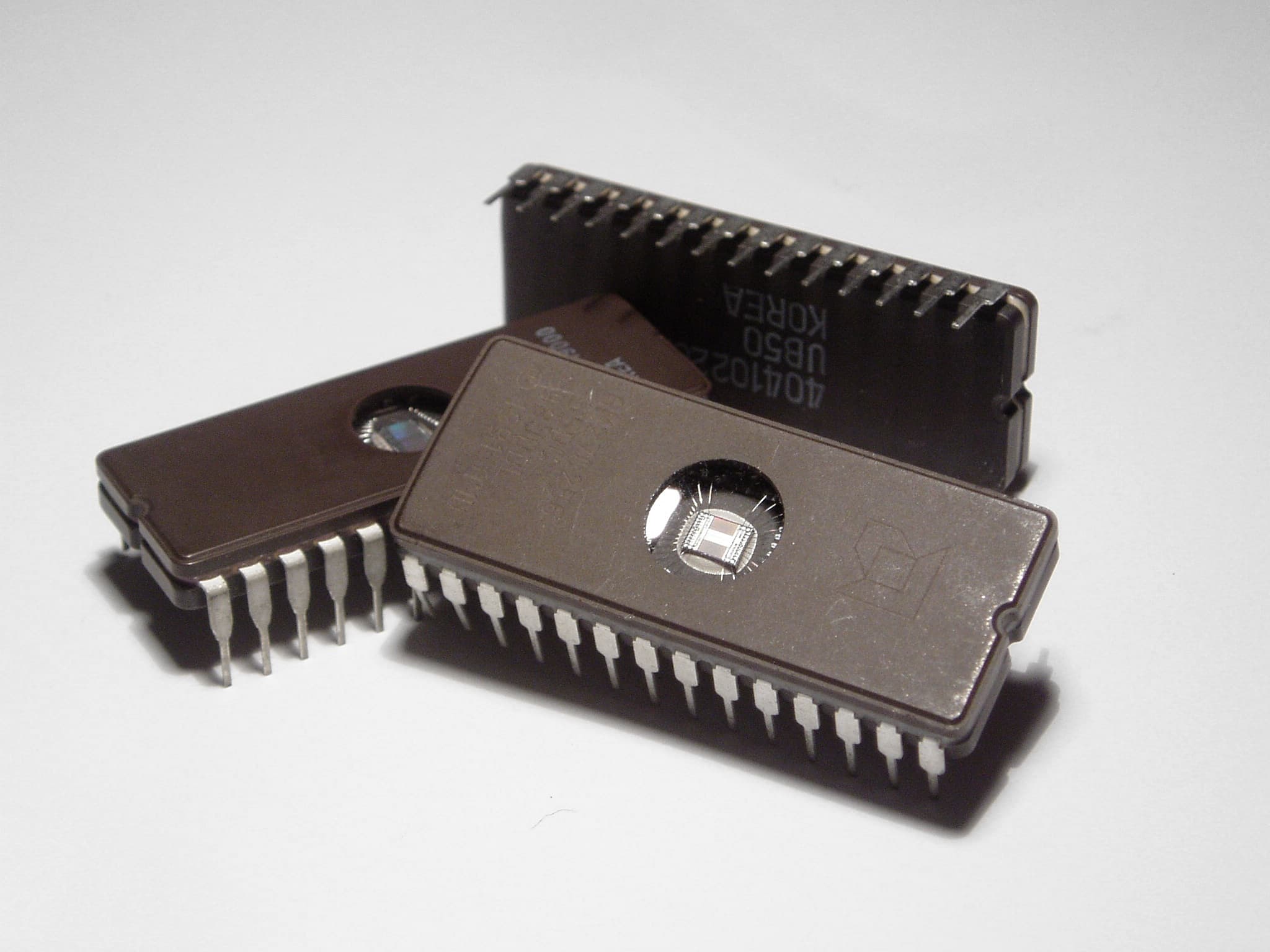

Then hobbyist enthusiasts could afford them
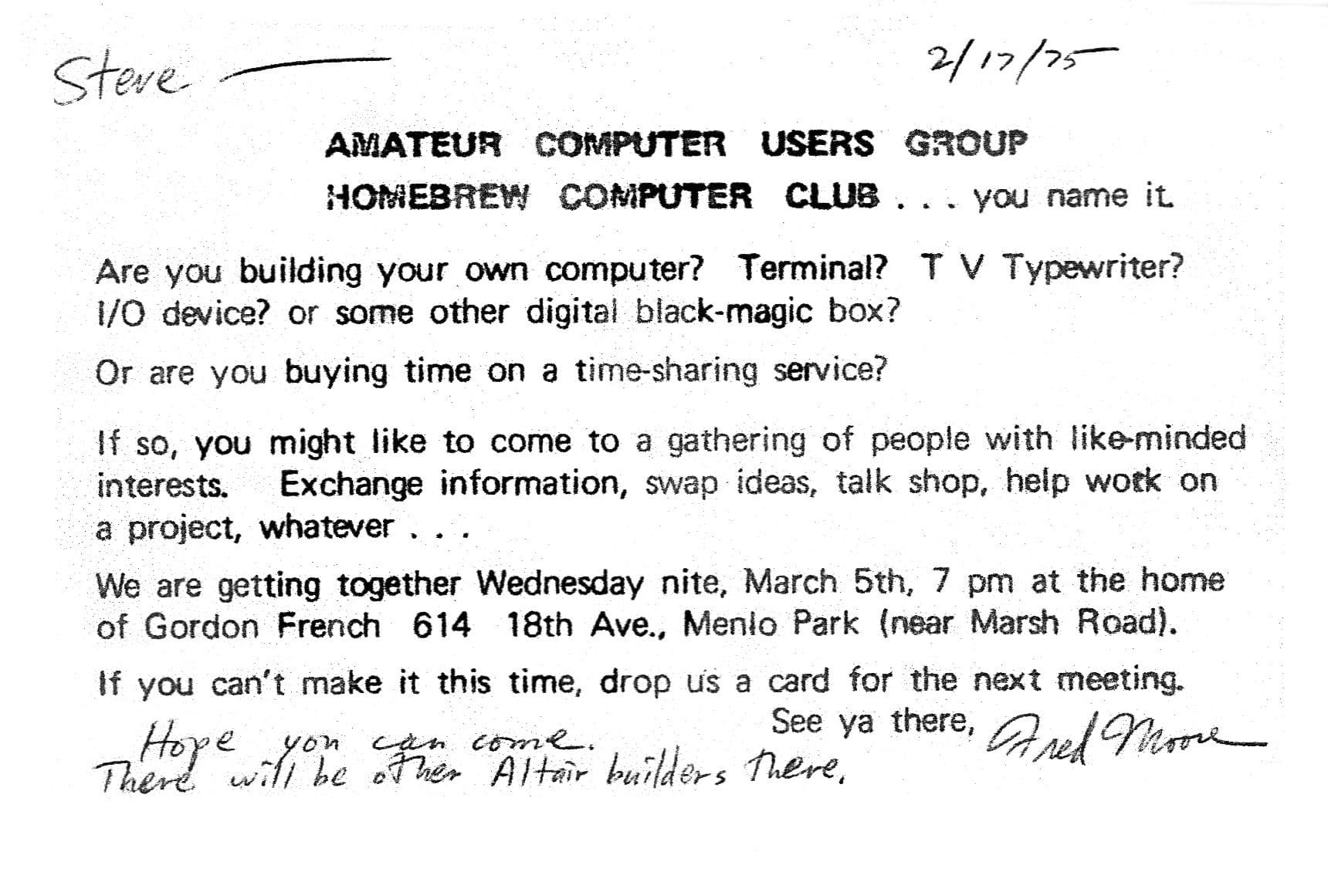


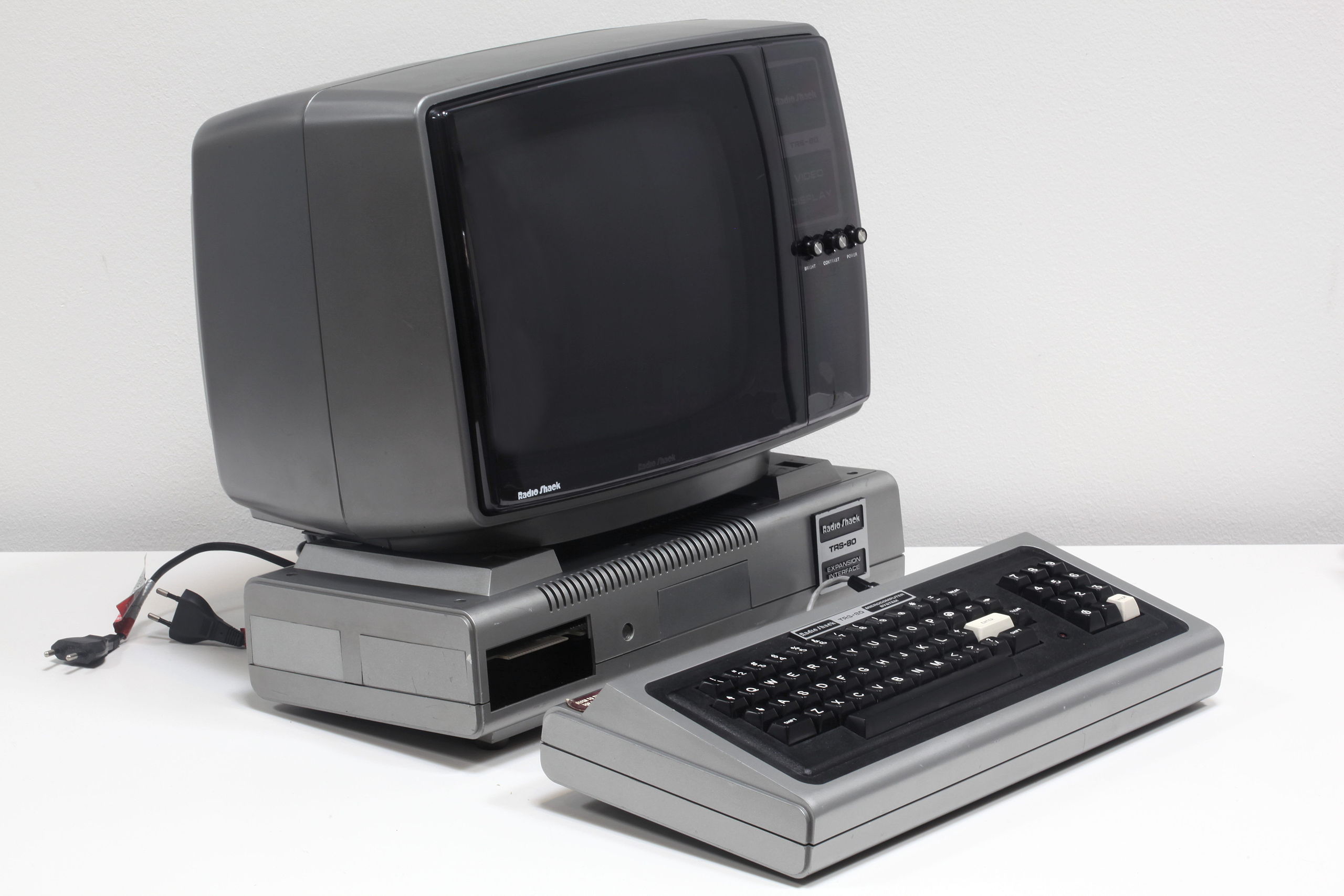
Then software became easier to use
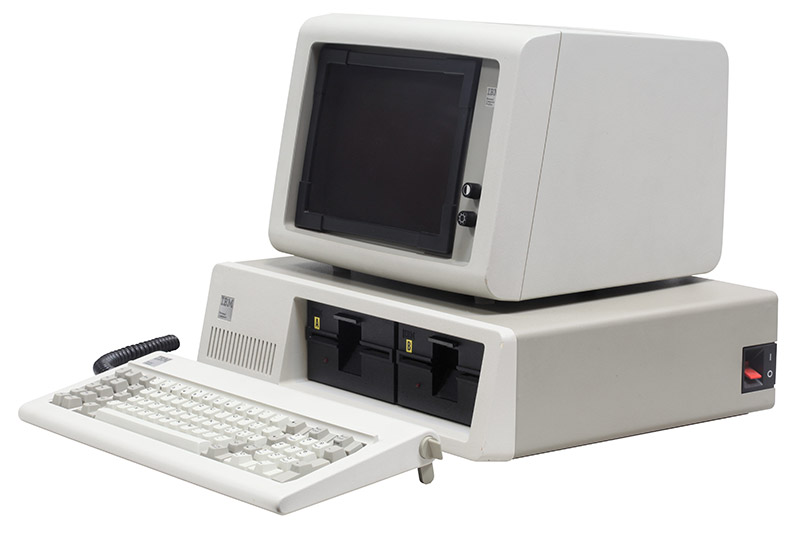
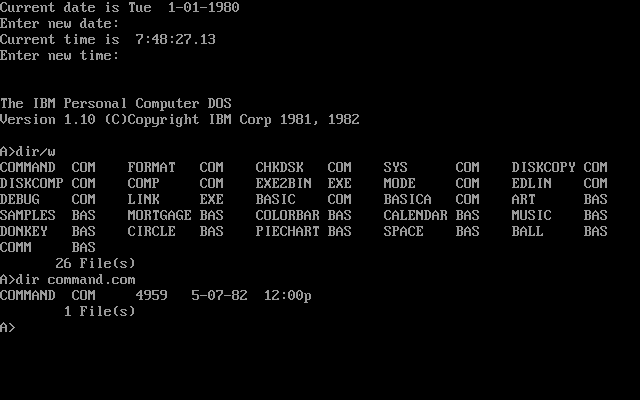

Then, the internet brought utility to having computers at home
Early Networks, ARPANET
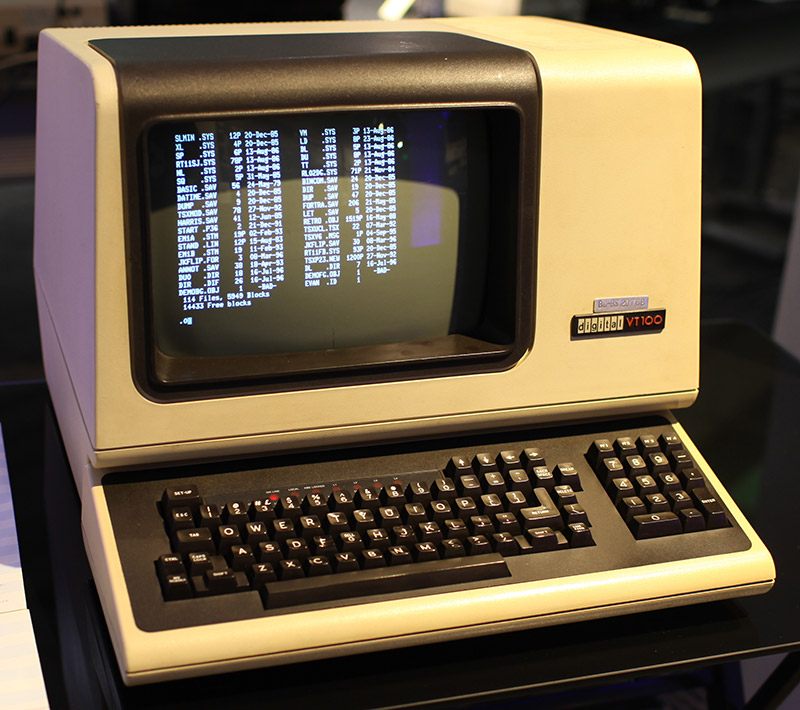
The Internet

